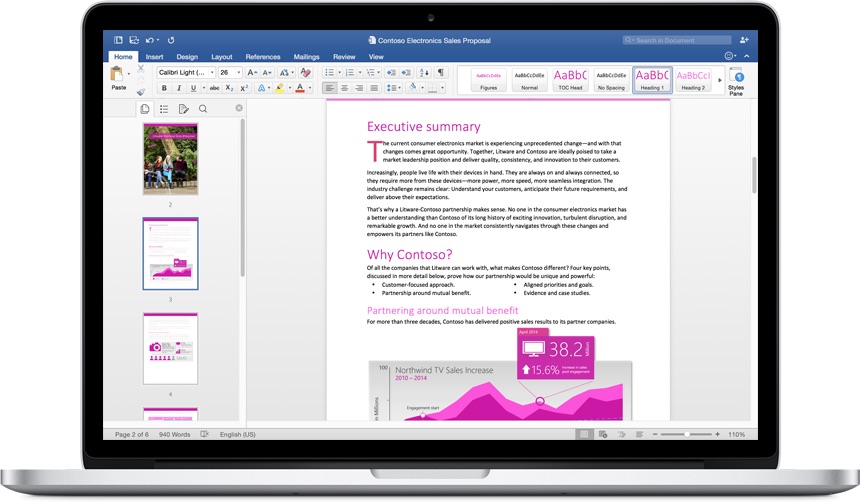Word And Powerpoint For For Mac
Was a long time coming, but it brings plenty of new features and better feature parity with the Windows version than ever. Microsoft has done a lot to streamline the experience, with a customizable, collapsible Ribbon as well as cross-platform keyboard shortcuts, but with any major Office update, there’s bound to be a learning curve. These tips for, Excel, Outlook, and should come in handy, and if you’re stumped about anything specific, let us know in the comments., with a wider release coming in September. If you need access to your files from anywhere, Office 2016’s built-in OneDrive & SharePoint integration makes cloud storage simple. To save to your OneDrive or SharePoint account, click the Online Locations button in the lower-left corner of a Save dialog box. Choose your existing account from the list, or click the Plus button to add another location. What's the difference?
Glad you asked. OneDrive is a consumer product for cloud storage, like iCloud Drive. Aimed more at businesses, SharePoint acts like an intranet, letting teams share and collaborate on files. The redesigned Ribbon in Office 2016 unifies the look and functionality across all platforms. It also takes up a lot of space, and can be pretty cluttered.
If you need some extra screen real estate, hide the Ribbon by clicking on the small arrow on the far right side. Click the arrow to display the Ribbon again. You can also show or hide the Ribbon by clicking on the currently active tab. Of course, you can put Office 2016 apps into full-screen mode by clicking the green full-screen button in the upper-left corner of any window.
Outlook offers some excellent tools to quickly drill down to just the messages that matter right now. From Outlook’s Home tab, the Filter button quickly displays only certain messages, such as mail received today, this week, or this month. You can also filter for messages with attachments, unread emails, and several others. One of our favorite features is the ability to filter by category. —you’ll need to split senders into relevant groups, but once you do, you can separate out messages from your boss, family, or whatever other group you need at the touch of a button.
Microsoft Word And Powerpoint For Mac
By When you apply a formatting theme to projects created in Office 2011 for Mac, you can achieve consistent colors and fonts for the elements included within your Word documents, Excel spreadsheets, and PowerPoint presentations. You can choose from Office for Mac’s built-in themes or make your own. A theme contains formatting information. This includes the following:. Twelve colors:.
Four background and text colors, two of which are invariably white and black. Six accent colors. Two hyperlink colors for link, and followed link.

A font family that comprises two fonts. If you want everything consistent for Word, Excel, and PowerPoint, choose the same theme while working on documents in each application.
Here’s how to apply a theme from the Themes gallery:. In Word and Excel, click the Ribbon’s Home tab. In the Themes group, click the Themes button.
When you click the Themes button, the themes gallery displays. Choose a theme. All elements in the document or workbook that respond to theme colors and fonts will be affected. In PowerPoint, click the Ribbon’s Themes tab.
This displays the Theme gallery. You can choose a theme from the gallery or click at the bottom-center of the gallery to display the Themes submenu. To apply a theme to only selected slides:. Before choosing a theme, select specific slides in Slide Sorter View or in the Slide Preview Pane. Reminder: Hold Command to select more than one slide at a time. Right-click a theme.
A pop-up menu lets you choose to apply the theme to the selected slides or the entire presentation. Alternatively, you can choose Browse Themes within the Themes gallery and navigate in the resulting dialog to a saved theme file. Choosing a saved theme applies the theme. Themes are not supported in Compatibility Mode. When working on files that were saved in 2004 or earlier format, themes options are grayed out.
Save the file in a current format to enable themes. When you directly apply a color format in Word, Excel, or PowerPoint, you see the familiar color palette.
The colors in the Theme Colors row of the color palette change to match the colors of the theme you applied. The color variations beneath the theme colors row provide shades (darker variations) and tints (lighter variations) of the theme colors. Each column has these shades and tints of the theme color at its top.
The color palette does let you wander away from the theme colors by choosing the More Colors or Standard Colors options, but if you choose to do so, you defeat the purpose of using themes.